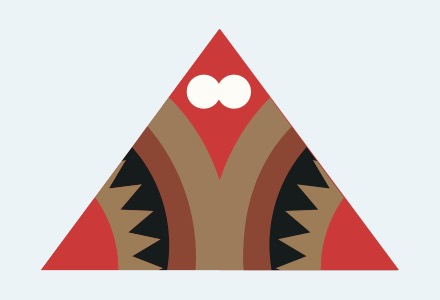
Memorial, Māori Battalion Hall
Memorial alcove within the Māori Battalion Hall on the corner of Cuba and Pitt Streets. Inscribed on brass plates are the names of soldiers from the 28th Māori Battalion who died while serving overseas, with photographs of members surrounding the ...
Creator: Maori Battalion Hall
Place: Corner Pitt and Cuba Streets, Palmerston North
Date: May 9, 2018



























![Memory Lane - "Playing host to history" [Abridged] - Resource cover image](https://d28dhd8eubcyz4.cloudfront.net/iiif/2/curtis-production2-cache%2F1%2Fa%2F0%2F0e22f6-fcb5-4273-827a-9f960896f083%2Fresize_master_52ac0cfbf4103ae669f4b032b112d305.jpg/full/!440,512/0/default.jpg?sig=c12305c2df115ac49ab999ab41b93e8f3886c1eb&ver=1700668446)
